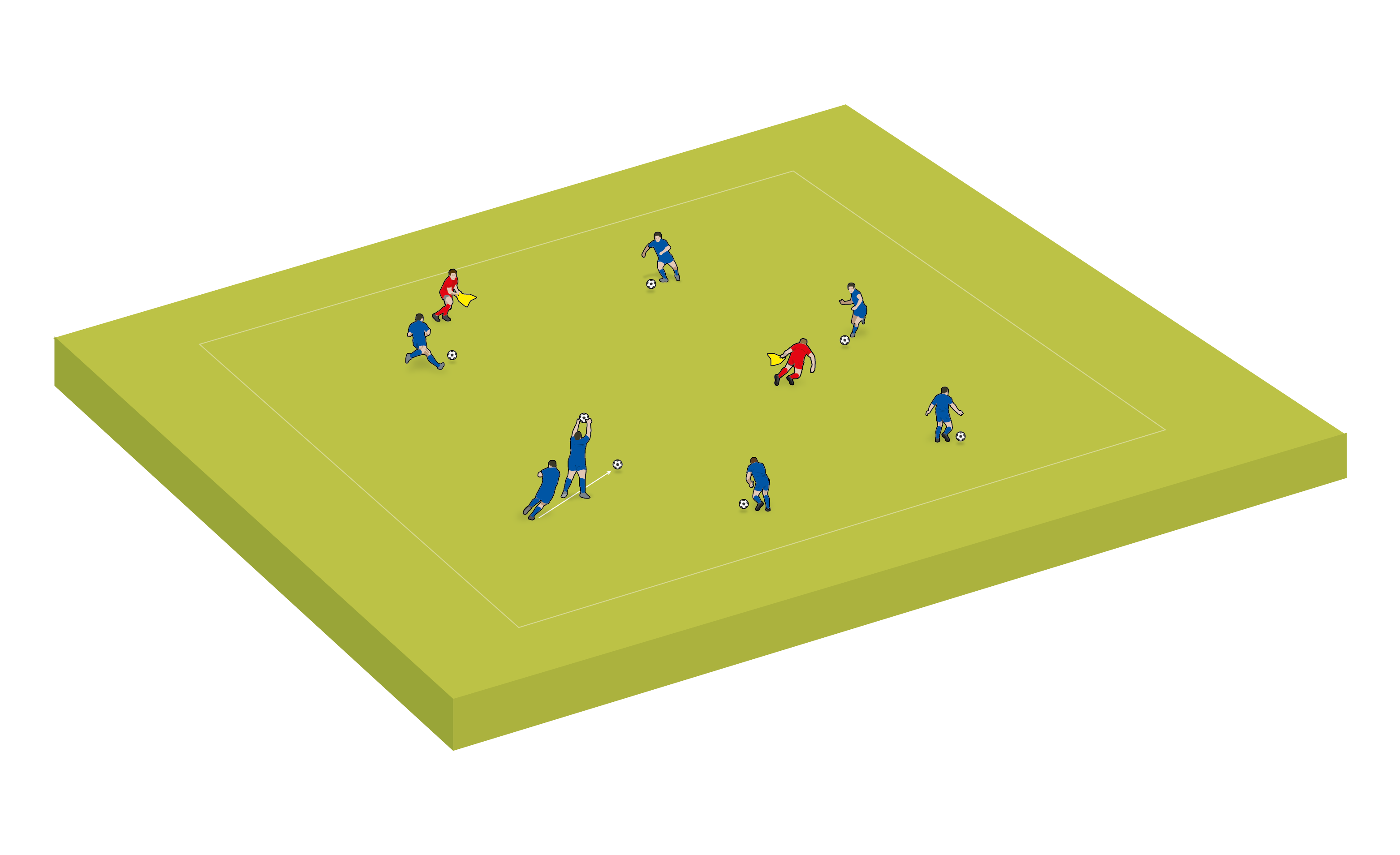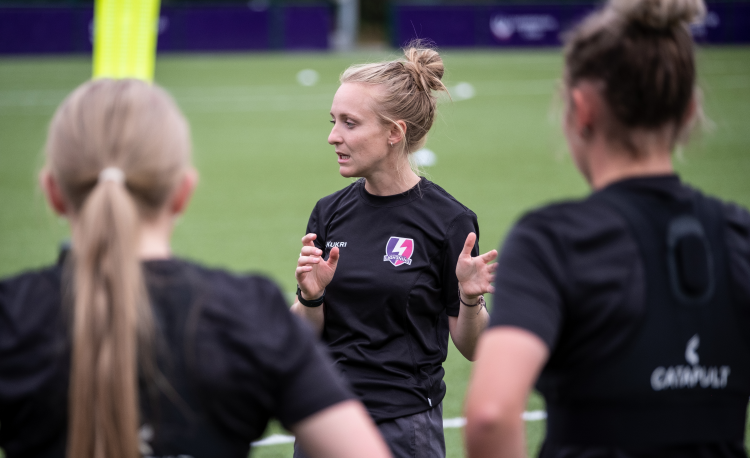Time management
Equal minutes for youth players at grassroots level can be a difficult balance to strike - but getting parents onside early can really pay off
Every young player in grassroots soccer wants to be ’in the game’ - but not all can be at the same time.
Depending on squad size, competition frequency and game formats - which can all have an impact on playing time - the grassroots coach has a challenge in terms of balancing game participation for each player.
It may be reasonable to aspire to every player getting equal playing time. Alternatively, playing time may be shared out proportionately based on attendance at training, or determined by the competitive challenge.
For example, it is perfectly solid to rotate players in such a way that the less experienced or less developed get more time in less rigorous games.
Equal playing time does not necessarily have to be achieved in a single game - it can be managed over the course of a season.
Whatever the approach, it is beyond helpful to determine the plan with parents and guardians up front, ideally in pre-season.
The grassroots coach has many tasks. One that is very helpful to both coach and players is keeping a record of participation.
It is recommended that coaches keep a log of attendance at - and excused absence from - both training and games. In addition, do also maintain a season-long log of playing time.
Using substitutions with less frequency and simply recording who went in, who came out and when provides a coach with an effective post-game accounting of playing time.
Once parents and guardians trust that the coach is keeping track, they will be less likely to time their own child’s involvement - and if there is an agreement that it will even itself out over the season, they are less likely to express concern over playing time in any single game.
“All of our players deserve opportunities to play and, when they are in the role of substitute, our rapport and engagement is critically important to their experience and development.
Be attentive to the culture you create in valuing everyone’s contribution to the field and on the sideline.”
Candice Fabry, Ottawa University Women’s Soccer
Kansas USYS Olympic Development Program
At the end of the campaign, if the coach has compiled a simple spreadsheet of training and game attendance, and minutes played, it can be an invaluable tool in assessing coaching performance and providing player feedback.
Candice Fabry, quoted above, is a highly experienced youth coach. She understands the challenges of managing the game and trying to coach from the sideline.
Her belief that all the players need to be engaged, even when on the bench, places important demands on the grassroots coach.
Having a general script of substitutions is helpful, as well as giving bench players simple observation tasks during the game.
It can be more effective for the coach to talk to the bench players during the game than trying to engage those in the action.
Observations, plus technical and tactical insights from the coach, can be better understood and subsequently implemented by players waiting to go in rather than those in the middle of the action.
Planning and preparation are key and this is no truer when it comes to managing playing time, player rotation and managing parent and guardian expectations.
Related Files
Newsletter Sign Up
Coaches Testimonials

Gerald Kearney, Downtown Las Vegas Soccer Club

Paul Butler, Florida, USA

Rick Shields, Springboro, USA

Tony Green, Pierrefonds Titans, Quebec, Canada
Subscribe Today
Discover the simple way to become a more effective, more successful soccer coach
In a recent survey 89% of subscribers said Soccer Coach Weekly makes them more confident, 91% said Soccer Coach Weekly makes them a more effective coach and 93% said Soccer Coach Weekly makes them more inspired.
*includes 3 coaching manuals
Get Weekly Inspiration
All the latest techniques and approaches
Soccer Coach Weekly offers proven and easy to use soccer drills, coaching sessions, practice plans, small-sided games, warm-ups, training tips and advice.
We've been at the cutting edge of soccer coaching since we launched in 2007, creating resources for the grassroots youth coach, following best practice from around the world and insights from the professional game.







